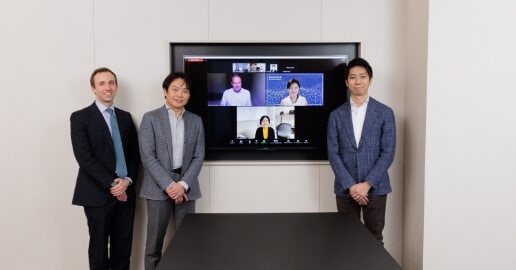
Toward realizing true patient engagement- Discussion with consultants from Japan, the U.S. and Europe
- Digital Business Modeling
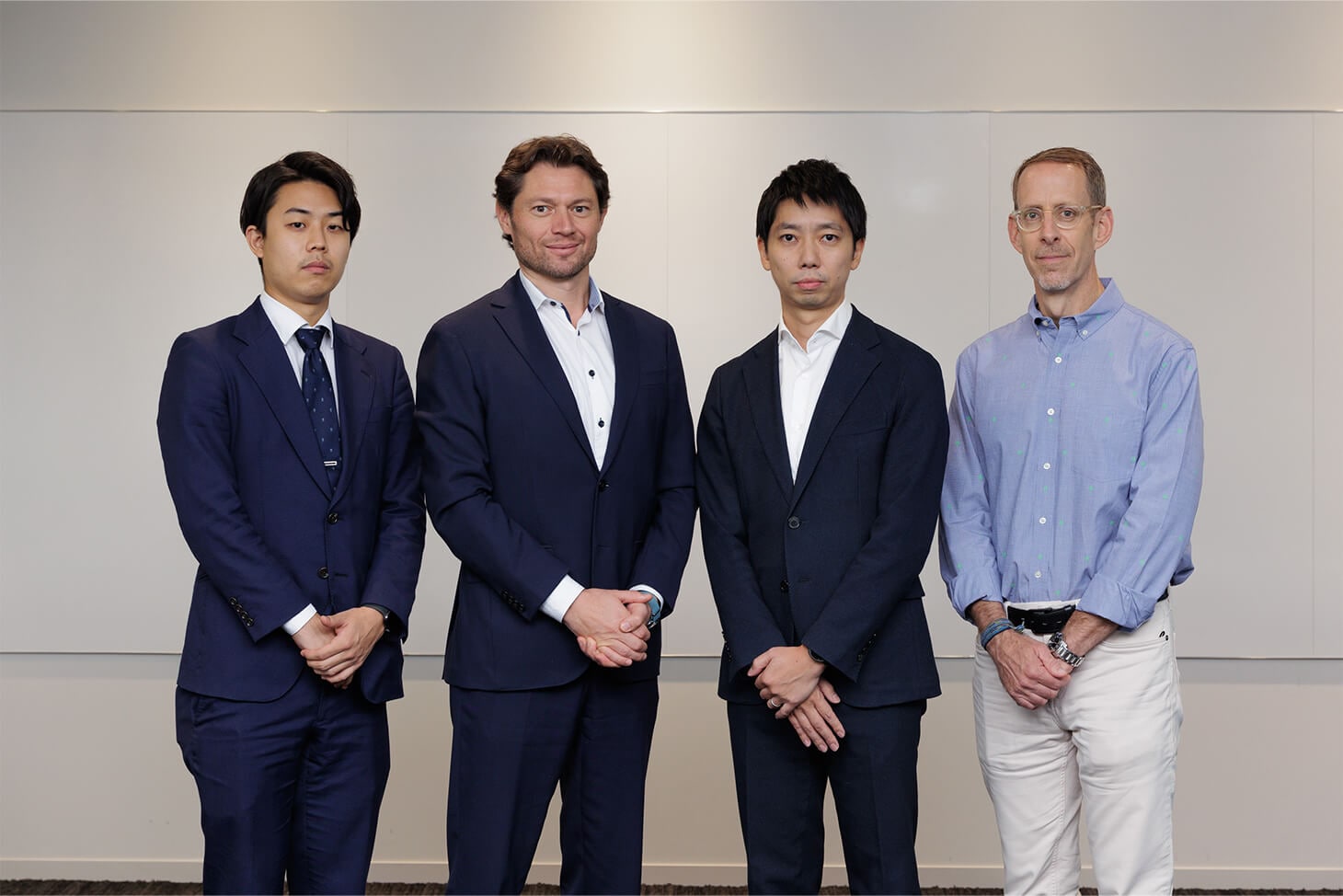
The idea of “patient centricity” has become a new norm among pharmaceutical companies with the purpose of putting patients at the center, leveraging their experiences and opinions into the development of new drugs and improvement of patient journey. Traditionally, pharmaceutical companies have focused on building relations mainly with medical institutions, but this approach has hindered their ability to incorporate patients’ voices into drug development as well as patient support programs. Now, pursing patient centricity by reaching out to the first-hand experiences and opinions of patients, pharmaceutical companies are aiming to bring about more value in their drug development and patient journey enhancement.
In this article with Deloitte Japan’s Life Science and Healthcare Group, Takayuki Tao, Director of Deloitte Tohmatsu Consulting, Jonathan Fox, Managing Director of Deloitte Consulting US, and Philipp Mayrl, Director of Monitor Deloitte in Switzerland, discussed recent trends in the US, Europe and Japan.
Takayuki Tao, Director of Deloitte Tohmatsu Consulting (“Tao”):Pharmaceutical companies are currently exploring how best they should engage with patients in a move towards patient centricity. Today, we would like to gain some insights from the subject matter experts on the developments and challenges surrounding patient centricity in the US, Europe and Japan.
To kick things off, tell me about the level and progress of patient engagement, and what trends you see in the US and Europe.
Jonathan Fox, Managing Director of Deloitte Consulting US (“Fox”):In the US, patient engagement involves two aspects – one from the perspective of patient services and the other from an overall engagement perspective.
Patient Services are about helping patients get on therapy. As you are aware, the insurance environment in the US is very difficult and patient care delivery is fragmented. Accordingly, patients need a lot of help navigating the challenges associated with getting on therapy. Patient Services organizations also engage with patients to help improve patients’ adherence while improving treatment outcomes and leading to increased patient satisfaction. The level of patient engagement in this sense is very high and matured in the US.
From an overall engagement perspective, pharma companies have not yet delivered a significant level of impact, at scale that our clients would like to see. As companies realize the value of data they have at hand, they are exploring ways to leverage it in patient engagement and developing digital health solutions, but I would say there some successes but still a long way for us to go to deliver consumer-like experience.
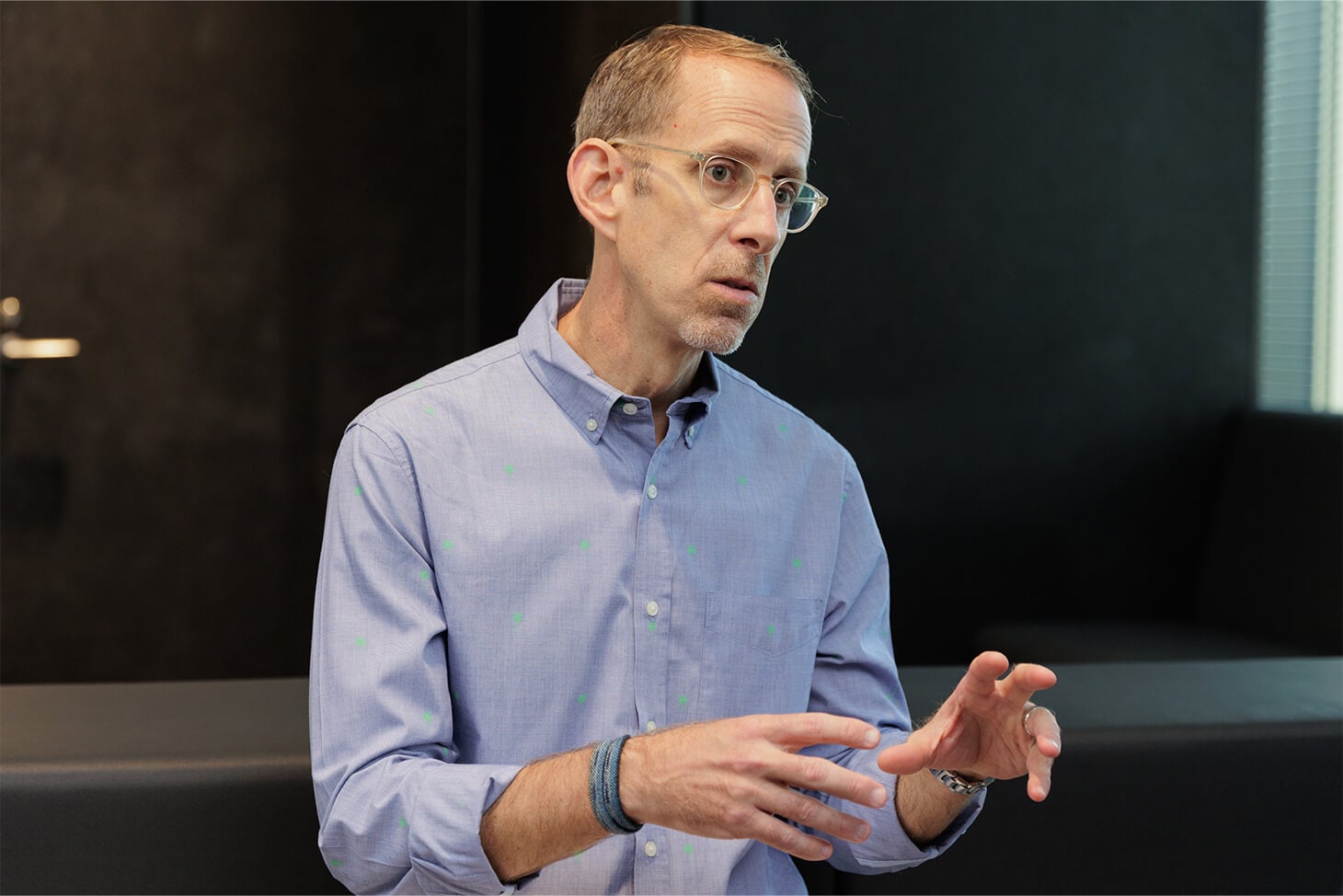
Jonathan Fox
Managing Director, Deloitte Consulting US
Tao : In the US, are patient services always provided by pharmaceutical companies?
Fox : Historically, patient services have been provided exclusively by third party organizations, but recently more pharmaceutical companies are building internal platforms and capabilities to deliver some of these core services. By doing so, they are taking greater ownership of the process and helping patients navigate the treatment path. This is especially true and increasingly important, especially in cell and gene therapy with highly complicated processes and million-dollar therapy costs.
Tao : What are the motivations for patients? In Japan, too, pharmaceutical companies are offering patient apps and trying to strengthen patient services, but there are hurdles in terms of having patients download those apps, log in and input their information. How can we incentivize patients and what benefits should patients expect to see in using such services?
Fox : In the US, as I pointed our earlier, the motivation for Patient Services is about getting access to the right therapy and navigating through a complex insurance situation.
With regards to overall patient engagement there is not much adoption of digital solutions such as patient apps, as you pointed out. We have been discussing with our clients how pharmaceutical companies should build an ecosystem around digital solutions, instead of just bringing solutions to patients. We need an ecosystem around them if we want to increase the level of adoption.
Tao : Exactly. I do agree that the ecosystem would be the key. How about the situation in Europe?
Philipp Mayrl, Director of Monitor Deloitte in Switzerland (“Mayrl”) : The situation in Europe is in some sense similar. Over the past five to six years, the pharmaceutical companies have been trying to shift away from the traditional way and putting their focus more on patients. But results come with varying degrees of success.
One of the differences in Europe is that things are much more fragmented - not only from country perspectives, but also from the perspective of players, therapeutic areas and the type of services provided to patients. In addition, solutions in Europe are much more pinpoint.
At the same time, you probably face more hurdles in Europe in promoting patient engagement, because of regulations like GDPR that may limit what you can do with the personal data. On the other hand, the treatment path in Europe may be a little simpler than in the US, meaning that the motivation for patient engagement may not be originating from the need for help in navigating institutional hurdles.
Tao : You mentioned that the level of patient services varies. Are there specific countries or therapeutic areas where patient services are more active?
Mayrl : The more chronic the disease, the more support there is. Because chronic diseases bring more overall value to pharmaceutical companies, it is natural to see more engagement in that field. Neuroscience is another area - it is where you really need micro-management.
In terms of countries, we recently had a big move in Germany. The country passed a new digital healthcare law, called DVA, which is expected to push digital health. With this new law, digital health solutions, or DiGA, are now part of the healthcare system. What this means is that prescriptions of digital health apps can be reimbursed by the public health insurance. An increasing number of doctors should start prescribing digital health apps while uptake among patients will grow. With more patients using digital health apps, the market should expand, shifting more towards the digital therapeutic area.
In response to this move, solutions for patients are becoming more mature. While we have worked with large pharmaceutical companies over the past years in developing digital apps, we have never seen this level of adoption - this is something we could not imagine several years ago. Obviously, you need evidence through clinical trials - you need to demonstrate that digital tools are yielding better treatment results than without.
Tao : Let me give you an overview of the trend in Japan. While pharmaceutical companies in Japan have been providing patient apps for the last three to four years, they did not really track anything to gain insight. For a year or so now, however, large pharmaceutical companies have started to focus more on patient engagement, trying to proactively reach out to patients. They are trying to increase the level of engagement especially with patients with rare diseases and are now starting to expand the strategy to neuroscience and oncology areas.
Do you have any thoughts on how pharmaceutical companies should respond to the move towards patient engagement?
Mayrl : The intent of patient engagement is to bring about better value to patients. Roche, for instance, upholds the concept of the “Triple Bottom Line,” defining their business activities are for patients, planet, and profit. What we need to do is to think thoroughly what it actually means - we need to reframe and think about what it is that brings value to patients?
In this sense, value to patients is evident in solutions from which patients can easily see benefits. Benefits for rare disease patients are also clear, as they have a hard time getting treatment information.
If reframed, the value to patients is about considering the whole patient journey. It is not just one solution that brings value, but the entire journey of the patient. For this, you need to collaborate with a lot of players, including healthcare providers and partners to improve overall solutions. And this is where most of the innovations should come from. Remote medicine is one example of how we improve value in the patient journey and bring about innovations. In Switzerland, patients can use a tool to scan their symptoms with their iPhone and you do not need to go to hospitals to see dermatologists. There is clear value to it.
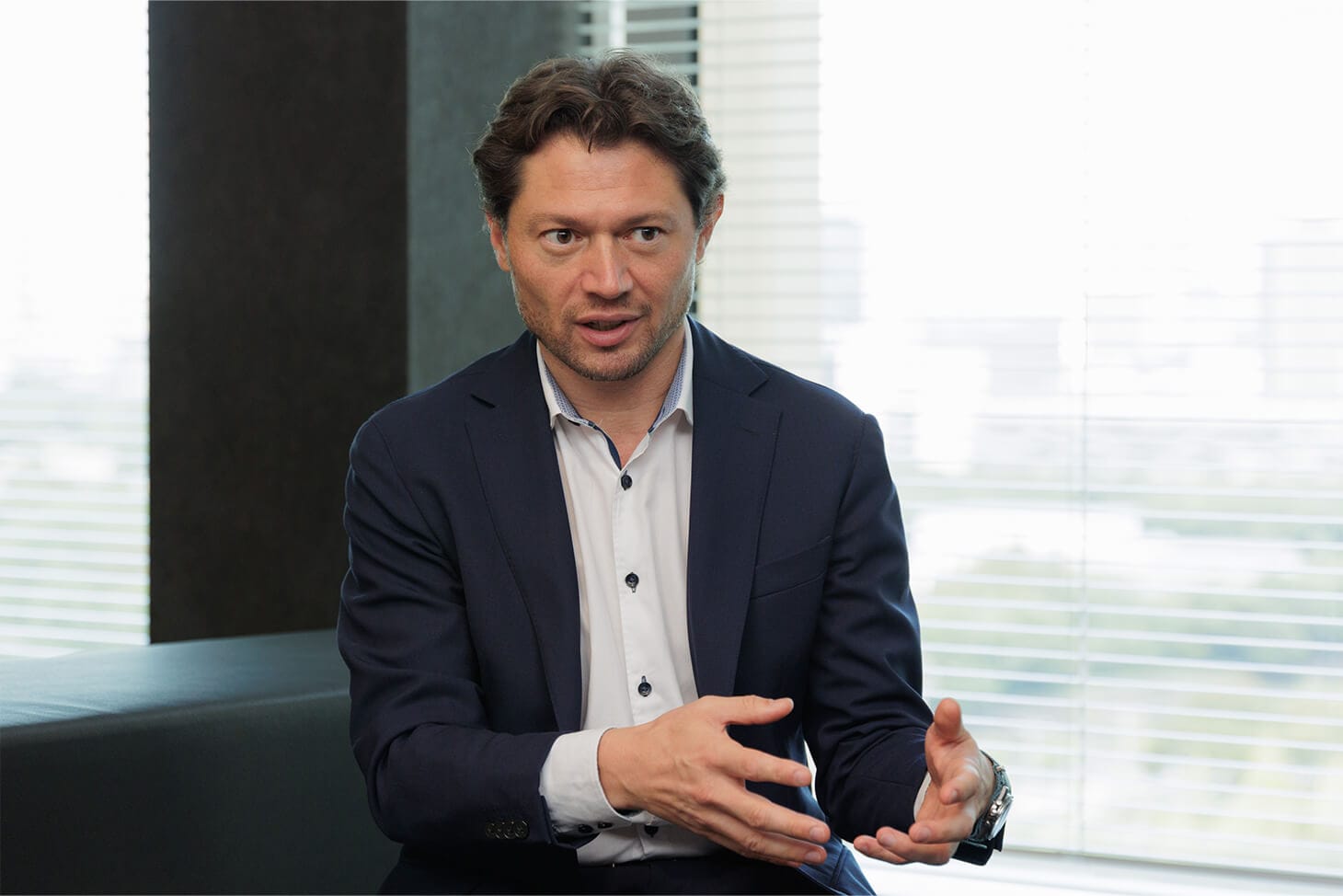
Philipp Mayrl
Director, Monitor Deloitte in Switzerland
Fox : Ecosystem is an important notion in bringing many more players to the table. The historical approach has always been pharmaceutical companies being the driver - they have information, solutions, and services and offer what they have into the market and to patients. Most of the patients did not even know who the pharmaceutical companies are. But now, companies are trying to meet patients where they are and trying to listen to their voice firsthand. Think about multiple sclerosis patients, as an example. They are typically and disproportionally women of a certain age. What kind of interests do they have? What is their typical course of daily life like? How can we provide support and what information should we offer? Reaching out to patients like this is definitely the strategy that organizations are starting to look into.
Tao : Would you say there are sufficient ecosystems in place in the US and Europe?
Mayrl : Ecosystems in Europe remain in the early stages, rather than established, and still require some evolving.
Roches is offering a patient services tool related to multiple sclerosis, for example, but this is rather focused and pinpoint as an ecosystem.
There is an interesting example from the COVID-19 pandemic. Many of the oncology patients were not able to go out due to the risk of getting infected. In response to this, companies offered food delivery to oncology patients with high risk, like Uber Eats services. The key point of learning was that pharmaceutical companies can provide something beyond pure treatments and that they can really touch patients’ lives. This is how we create an ecosystem around patients.
Fox : We definitely see collaborations in the US in a couple of different ways - between a big pharmaceutical company like Biogen and a big technology company like Apple, for instance. They are undertaking a study to see if they can capture data on patients with multiple sclerosis, hoping to identify signals about the progression of the disease. There are also partnerships between start-ups and pharmaceutical companies, in which start-ups have some sort of digital health solutions that pharmaceutical companies are looking and trying to figure out how to bring to market. What is missing in these examples, however, is connectivity among pharmaceutical companies, technology companies, providers and start-ups. There is a need for a broader ecosystem view as it pertains to digital health solutions.
Tao : We have an ecosystem built around Parkinson disease patients in Japan. This is led by Takeda and Deloitte was also engaged. They partnered with several companies including technology start-ups to build a mobile app which monitors patients’ symptoms. The intent is to address issues faced by Parkinson disease patients, whether it be the challenge of going to hospitals or understanding and explaining what they are going through to physicians. As an online solution, this eliminates the need for patients to go to a hospital while medicines are automatically delivered to their home. This is an end-to-end solution to support patients’ lives, a great example of an ecosystem.
Meanwhile, what are the business models for this type of ecosystem? For pharmaceutical companies, increased adherence will directly contribute to their revenue, but how about healthcare providers or technology start-ups? How can we expand the ecosystem from their business perspectives?
Mayrl : In Germany, as discussed earlier, DiGA is the key in that digital health apps are covered by public insurance. This is about guiding money in a certain direction, and really moving the needle for the ecosystem of digital health. DiGA does not incentivize healthcare providers from a monetary perspective as the doctors’ income does not increase, but the scheme certainly helps them consider prescribing digital health apps.
Fox : There is a move towards the concept of wellness, not just among patients but among consumers in general, and I believe this move makes the basis of an overall ecosystem. Recently in the US, we have seen organizations carving out this part of their business to develop wellness-related functions. For example, Astellas set up the whole Rx+ business as a separate, independent business unit, building on their medical business and trying to integrate it with advanced technologies and insights in different fields.
While the concepts of wellness and well-being are positive to society, it is not easy for pharmaceutical companies to shift their focus. Pharmaceutical companies are not necessarily focused onwhat patients and consumers are looking for. Part of the reason why there is disconnection among players, as we discussed earlier, would be that different stakeholder, be it consumers or pharmaceutical companies, have different goals.
Tao : What are hurdles in the US and Europe in establishing patient engagement as a new business model?
Fox : In the US there are a number of historical and cultural hurdles. At times, a pharmaceutical companies’ organizational philosophy on risk is often a challenge in building and deploying new solutions. As the field of digital health evolves, pharmaceutical organizations must think about how much risk they are willing to take significant.
The second is about competition. Pharmaceutical companies need to ask- whether to build digital solutions for existing assets already available in the marketplace, or should they develop assets independent of the product portfolio?
The third is about connectivity and the existing relationships with customers, which is related to my earlier points. If you do not have a relationship with your patients or have brand recognition with them, how can you sell them digital health solutions?
Deloitte’s recent market research among physicians revealed that not all doctors are positive about digital solutions though. Not all of them see giving more power to patient as a positive. Some say that “I am a doctor who decides what is the best treatment Thus, it is all the more important for pharmaceutical companies to have relationships across the ecosystem that scale and can help activate consumers.
Mayrl : Europe is quite conservative. Digital or not, there are many questions that we must answer in medicine, which are just really hard to answer. It almost presents an ethical dilemma sometimes. For instance, should you tell your patients when they are diagnosed? There is a benefit of telling them, but if the risk is extremely low or if there is no cure? They may end up having a lot of worries. So, you cannot say for sure that one thing is absolutely good in medicine. We will have many such grey areas around digital solutions.
Tao : In Japan as well, it is also an important factor to engage doctors on patient engagement. If they are not familiar with the concept, you have a lot of hesitancy - what are the benefits for patients to track their data? What should I do with it? I just do not have enough time to monitor the data real time, etc.
Now let me ask you the last question. Patient services are positive for patients, for society, and for pharmaceutical companies, but there are certain hurdles to tackle. With this understanding in mind, how can Deloitte help facilitate patient engagement?
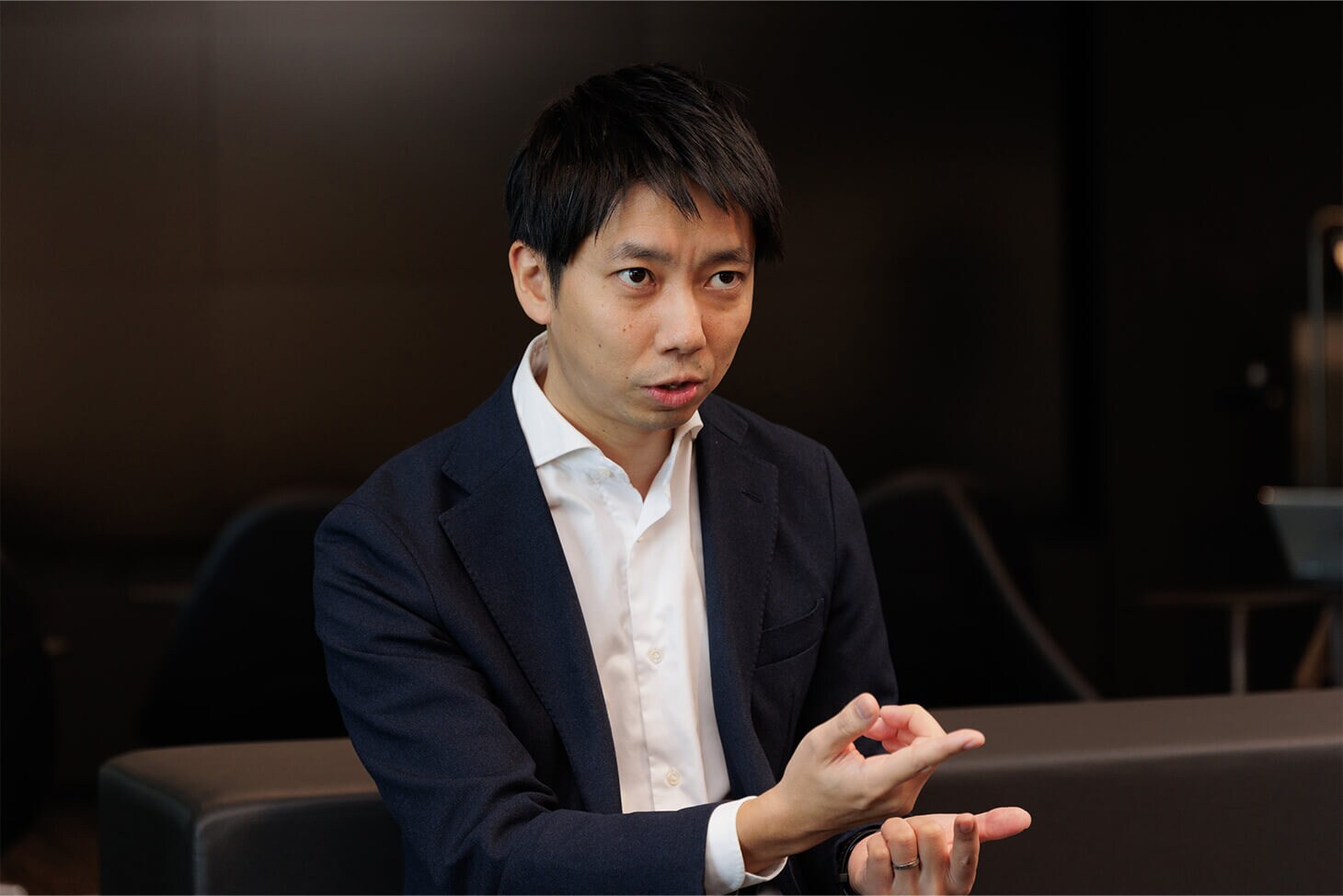
Takayuki Tao
Director, Life Science & Health Care, Deloitte Tohmatsu Consulting
Mayrl : We can break down this topic into three broad areas.
One is definitely about mindset shift. Society has now started appreciating that there is an upside to this whole story of patient engagement. We have to make sure that this drive is not stopped at a higher level.
The second one is more a strategic side of the story. We can explore with pharmaceutical companies where they should make investments. They need to think about which treatment areas and what products they want to focus on for their patient engagement. And, once you figure it out, how do they actually go about it? And what kind of partnership should they consider with tech and start-up companies?
The third area is really about building solutions. This is where pharmaceutical companies can provide their capabilities and underlying platforms in a way to make sure that solutions actually work.
Fox : I want to highlight the product piece. Clearly that is where Deloitte can help with the solutions that we are developing across the pharmaceutical value chain. In addition, given our scale across not just healthcare and life science, but our expertise in insurance and technologies, we are in a unique position in the overall ecosystem to be a connector. This is the role Deloitte should play.
As an example, we have created a working group in the US in the area of cell and gene therapy, and in oncology, bringing clients together from their respective areas to talk about issues and challenges they face and hurdles to tackle from the industry perspective. This is another role we can and should play - organizing and mobilizing our collective views with clients and shaping the future trends.
Tao : It is great opportunity to discuss this topic across the regions. We can share and learn from different regions and leverage the knowledge and experience for accelerating patient engagement in our countries. Deloitte will contribute to realizing patient engagement for better health care experience and better society.
PROFESSIONAL
-

Takayuki Tao
Director, Life Science & Health Care
Deloitte Tohmatsu Consulting LLCTakayuki provides end-to-end support for enterprise-wide transformation and digital transformation for pharmaceutical companies. In recent years, he also been involved in building and deploying solutions for patients and managing consortiums with multi-stakeholder.
